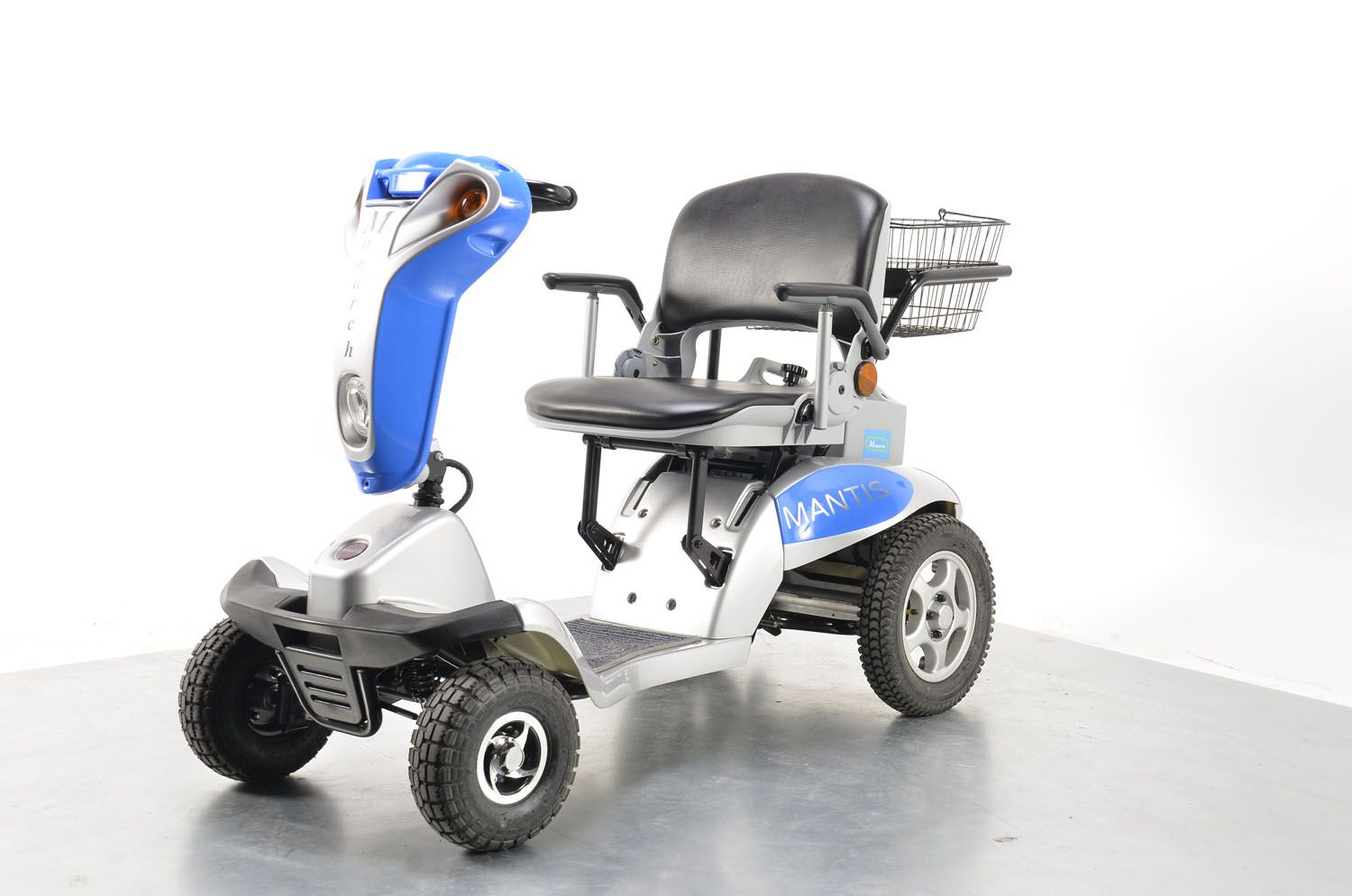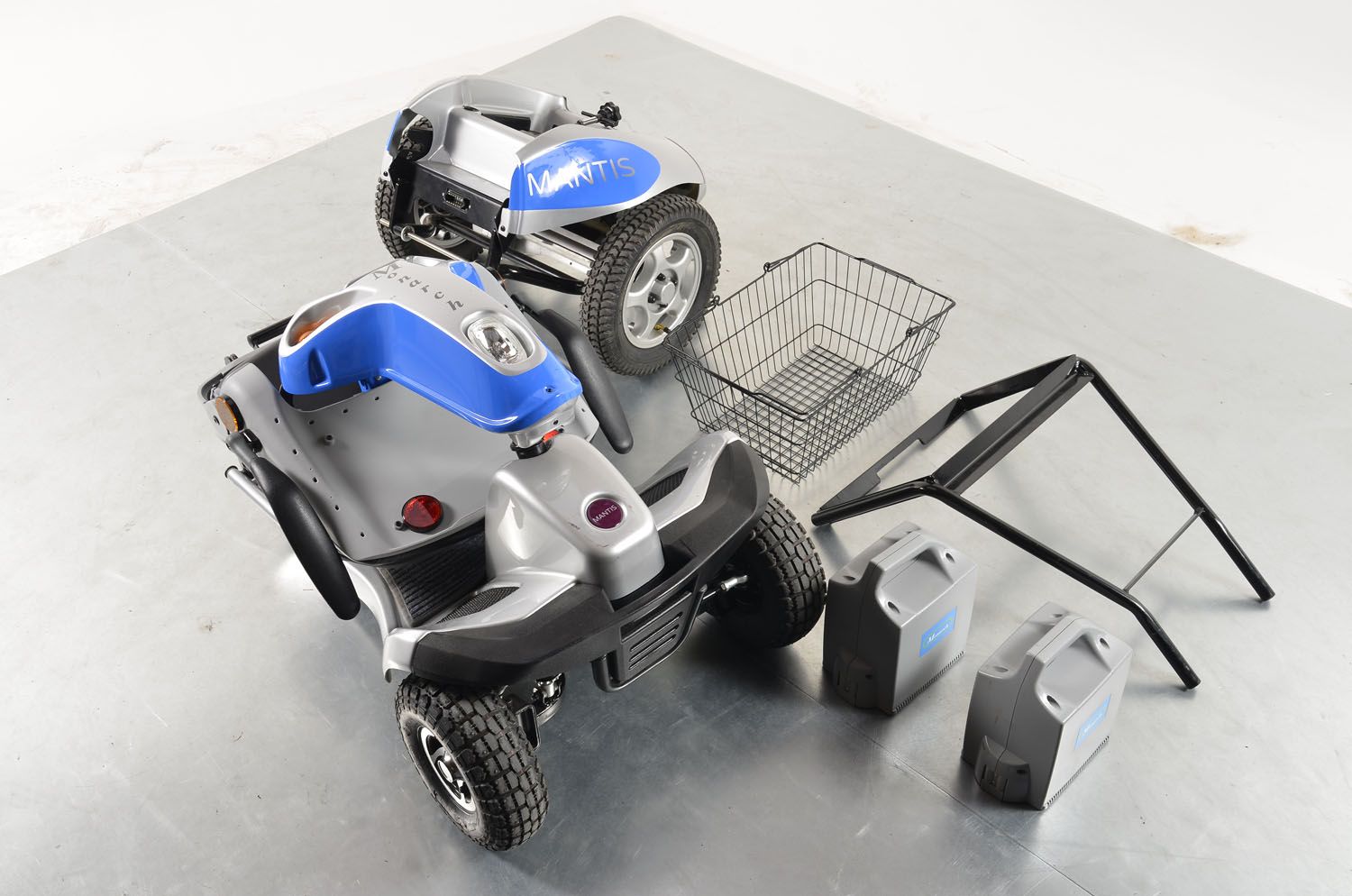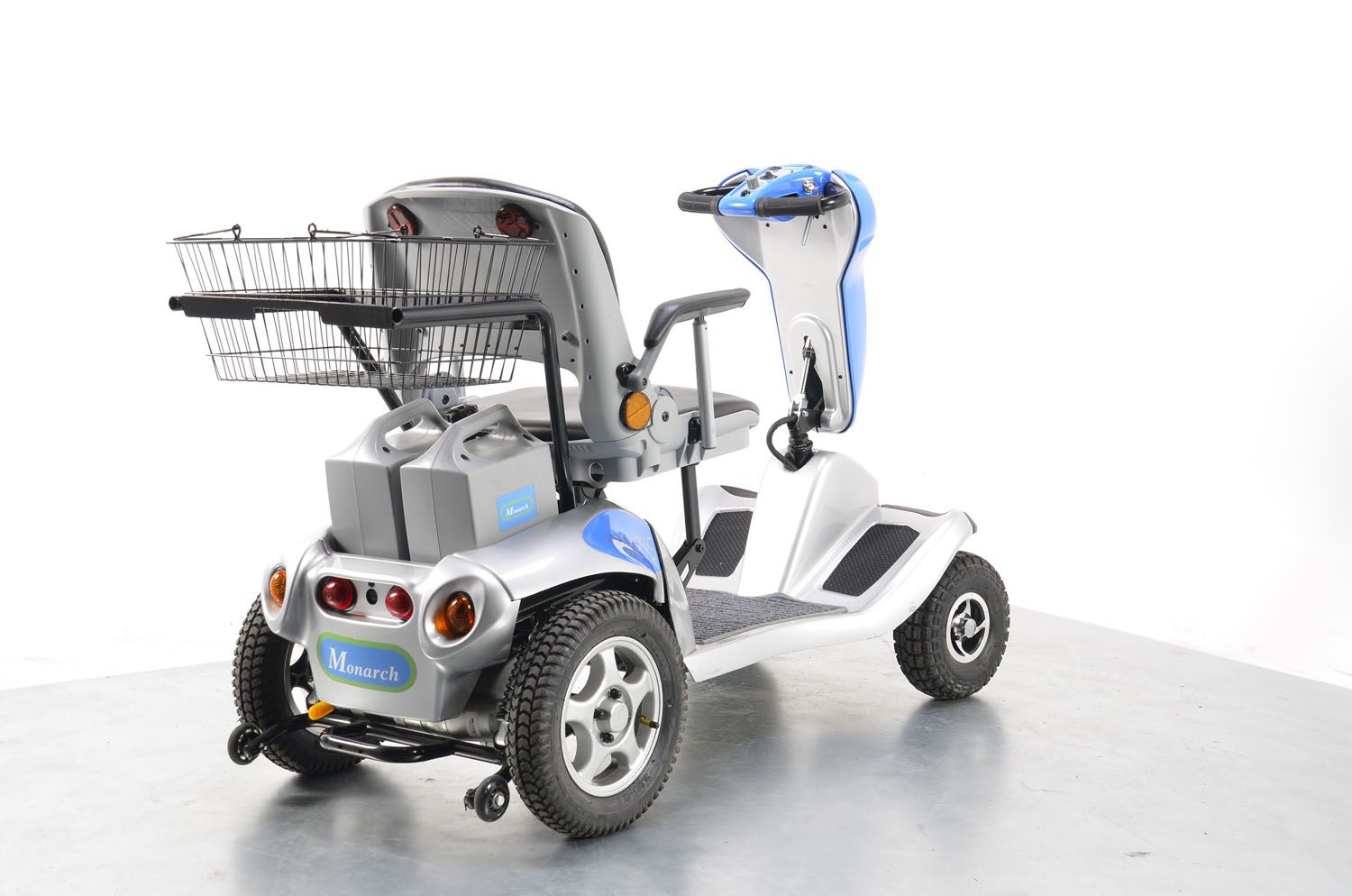


All terrain transportable scooter. Options: choice of colours.
First Choice Mobility Ltd
Manufacturer's Product Description
The manufacturer has not provided any further information about this product
Manufacturer's Contact Details
https://www.monarchmobility.com
Monarch Mobility Ltd
Boothtown Road
Halifax
West Yorkshire
HX36UB
UK
08081024876 sales@monarchmobility.comKey Features
- removable battery pack
- high torque motor
- foldable
Product Dimensions
| Dimensions | |
|---|---|
| Capacity | 133kg |
| Length | 137cm |
| Maximum speed | 13km/h |
| Weight (kg) | 82kg |
| Weight of heaviest component | 35kg |
| Width | 65cm |
| Power and Function | |
| Range | 25; 34km |
Product Specification
No product specification has been specified.